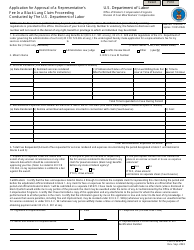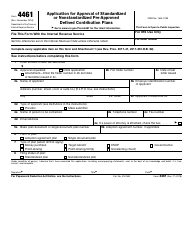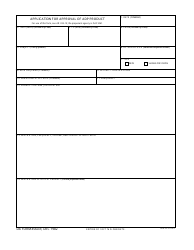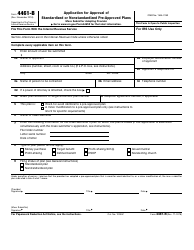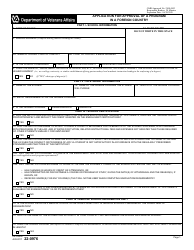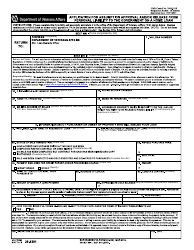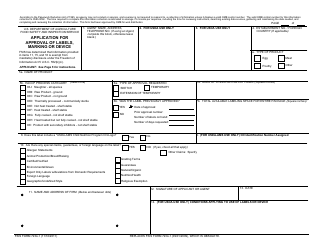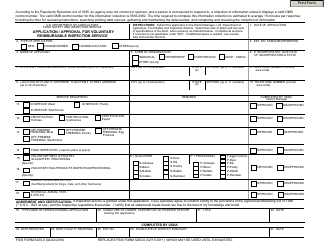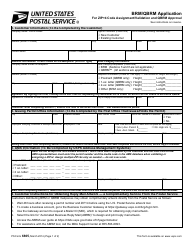This version of the form is not currently in use and is provided for reference only. Download this version of
the document
for the current year.
Application for Approval of an Oil Discharge Prevention and Contingency Plan - Alaska
Application for Approval of an Oil Discharge Prevention and Contingency Plan is a legal document that was released by the Alaska Department of Environmental Conservation - a government authority operating within Alaska.
FAQ
Q: What is an Oil Discharge Prevention and Contingency Plan?
A: An Oil Discharge Prevention and Contingency Plan is a document that outlines the measures and procedures to prevent and respond to oil spills in Alaska.
Q: Why is an Oil Discharge Prevention and Contingency Plan required?
A: The plan is required to ensure that appropriate measures are in place to prevent and respond to oil spills, minimizing environmental damage and protecting public health and safety.
Q: Who needs to submit an application for Approval of an Oil Discharge Prevention and Contingency Plan?
A: Anyone who owns or operates a facility in Alaska that could discharge oil into navigable waters is required to submit an application.
Q: What should be included in the application?
A: The application should include a completed plan, details of the prevention and response measures, and any other relevant information specified by the regulatory authorities.
Q: What happens after submitting the application?
A: The regulatory agency will review the application, assess the proposed plan, and determine whether to approve it or request modifications.
Q: How often should the Oil Discharge Prevention and Contingency Plan be updated?
A: The plan should be reviewed and updated at least every five years, or more frequently if there are changes in the facility or regulatory requirements.
Q: What are the consequences of not having an approved plan?
A: Failure to have an approved plan or comply with its requirements can result in penalties, fines, and potential legal consequences.
Form Details:
- Released on March 17, 2016;
- The latest edition currently provided by the Alaska Department of Environmental Conservation;
- Ready to use and print;
- Easy to customize;
- Compatible with most PDF-viewing applications;
- Fill out the form in our online filing application.
Download a fillable version of the form by clicking the link below or browse more documents and templates provided by the Alaska Department of Environmental Conservation.







